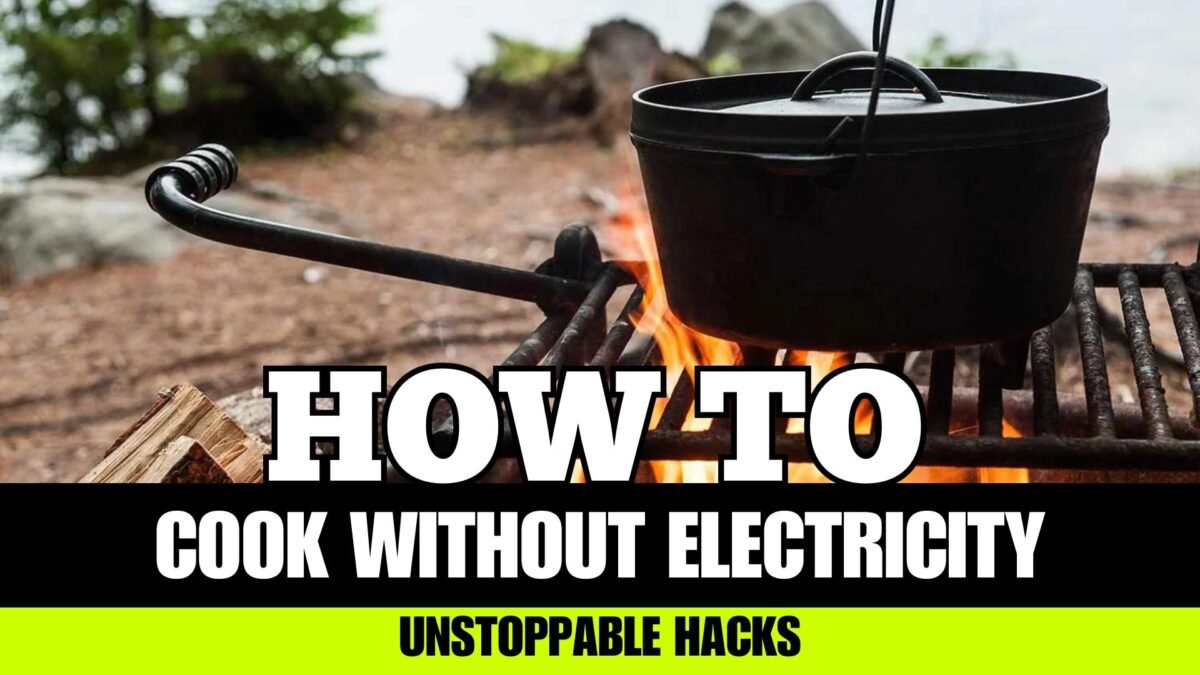Cooking without electricity can be a challenge, but with the right techniques and equipment, it is possible to create delicious meals off the grid.
In this article, I will explore various alternative cooking methods and share tips for mastering the art of cooking without electricity.
Key Takeaways:
- Discover alternative cooking methods for off-grid cooking.
- Explore solar cooking, campfire cooking, and stoveless cooking techniques.
- Learn about non-electric cooking appliances and their advantages.
- Find out emergency cooking techniques for power outages or crises.
- Join a food sharing community for support and resources.
Table of Contents
Our Experience

Diving into off-grid cooking, where solar ovens become your sun-powered sidekick, is a game-changer.
Imagine your meals cooking themselves while you’re busy being a superhero mom.
It’s eco-friendly, effortless, and a cool science lesson for the kids (minus the action figure experiments).
Then there’s the magic of campfire cooking.
It turns dinner into an adventure, bringing the family together with the simple joy of food and fire.
Just keep those marshmallows coming and the water bucket close, because we’re only here to roast the s’mores, not the backyard.
Stoveless cooking? More like stress-less cooking.
Portable stoves and Dutch ovens are my go-to for making anything from a hearty stew to fresh bread, proving you don’t need electricity to whip up a feast.
In a pinch, emergency cooking techniques like charcoal grills and wood-burning stoves are lifesavers.
They turn power outages into unexpected BBQ parties, keeping spirits high and bellies full.
And don’t even get me started on the wonders of a food sharing community. It’s like a culinary support group where everyone wins, sharing dishes, laughs, and the occasional recipe disaster story.
So, let’s embrace the off-grid cooking challenge with a pinch of humor and a whole lot of creativity.
Here’s to turning every meal into an adventure, no electricity required!
Now on to those unstoppable hacks.
Off-Grid Cooking Methods

Cooking without electricity doesn’t have to be a daunting task.
There are several alternative cooking methods that can be used when you don’t have access to electricity.
Hack: Keep a multipurpose tool kit specifically for outdoor cooking. Include a portable solar cooker for sunny days and a compact, foldable stove for less sunny adventures. This way, you’re always prepared, rain or shine.
These methods are perfect for off-grid cooking, camping trips, or even emergencies.
Let’s explore some of the most popular options for stoveless cooking.
Solar Cooking
Solar cooking is a sustainable and energy-efficient way to cook without electricity. It utilizes the power of the sun to heat and cook food.
By harnessing the sun’s rays with reflective surfaces like solar ovens or parabolic cookers, you can achieve high temperatures and cook a wide variety of meals.
Solar cooking is particularly effective in areas with abundant sunlight, making it a great option for outdoor cooking.
QUIZ: Which Historical Survivor Are You?
Do you have what it takes like they did? Find out.
Campfire Cooking
When it comes to off-grid cooking, campfire cooking is a classic choice.
There’s something special about cooking over an open flame that adds a unique flavor to your meals.
Whether you’re grilling, using pots and pans, or skewering food on sticks, campfire cooking allows you to get creative and enjoy the great outdoors while preparing delicious meals.
Just remember to follow safety guidelines and ensure your campfire is properly extinguished after use.
Stoveless Cooking Methods
Stoveless cooking refers to cooking without the use of a traditional stove or oven. It offers flexibility and adaptability in various situations.
You can grill your favorite meats, vegetables, and even fruits on a portable camping stove or a charcoal grill.
Slow cooking in a Dutch oven over hot coals is another popular stoveless method that allows you to savor tender and flavorful dishes.
For a makeshift stove, you can even use bricks or cans to build a simple cooking surface.
Stoveless cooking opens up a world of possibilities for delicious and creative meals.
By exploring alternative cooking methods like solar cooking, campfire cooking, and stoveless cooking, you can enjoy flavorful meals without relying on electricity.
These methods offer versatility, sustainability, and the freedom to cook in various settings. Embrace the adventure of cooking off the grid and unlock a whole new world of culinary possibilities.
Solar Cooking

Hack: Boost your solar oven’s efficiency by preheating it while you prep your ingredients. A simple reflective windshield sunshade can amplify the sunlight directed at your solar cooker, speeding up cooking times.
When it comes to outdoor cooking without electricity, solar cooking is a sustainable and eco-friendly method that harnesses the power of the sun to heat and cook food.
By using a reflective surface, such as a solar oven or a parabolic cooker, the sun’s rays are focused and generate heat for cooking.
Solar cooking can be done in areas with abundant sunlight and is a great option for off-grid cooking.
One of the advantages of solar cooking is its simplicity. With a solar oven or a parabolic cooker, you can prepare meals without the need for electricity or traditional cooking appliances.
It’s a convenient way to cook when you’re camping, hiking, or in any situation where electricity is not available.
Moreover, solar cooking offers a unique cooking experience.
As you rely on the sun’s energy, you become more attuned to nature and appreciate the process of cooking in a different way. Solar cooking allows you to create delicious meals while reducing your carbon footprint and minimizing energy consumption.
Benefits of Solar Cooking:
- Environmentally friendly and sustainable
- No need for electricity or traditional cooking appliances
- Reduces energy consumption and carbon footprint
- Enhances connection with nature
- Great for outdoor cooking and off-grid living
By exploring solar cooking as an alternative method, you can expand your cooking skills and enjoy delicious meals while minimizing your impact on the environment.
Embrace the power of the sun and discover the wonders of outdoor cooking without electricity.
Campfire Cooking
When it comes to outdoor cooking without electricity, campfire cooking is a classic and enjoyable method.
Hack: Use a cast iron Dutch oven with legs and a flat lid for versatile campfire cooking. The legs let the pot stand over coals, and the flat lid can hold coals, too, for even top and bottom heating—perfect for baking.
Cooking over a campfire not only provides a unique and rustic flavor to your meals but also allows you to connect with nature and embrace the adventure of outdoor cooking.
To get started with campfire cooking, you’ll need some essential tools such as cast-iron cookware, cooking utensils, and a reliable fire-starting method.
Cast-iron pots and pans are preferred for campfire cooking due to their durability and ability to distribute heat evenly. Additionally, long-handled grilling tools are essential for safely handling hot food over the fire.
When building your campfire, make sure to choose a safe and designated area.
Create a fire pit or use an existing one to contain the flames.
Start by gathering dry firewood and kindling to build a strong and long-lasting fire.
Once the fire is burning steadily, you can begin cooking by placing your cookware directly on the hot coals or using a grill grate over the fire.
Recipes for Campfire Cooking
Campfire cooking offers endless possibilities for tasty and satisfying meals. Here are a few simple and delicious recipes to try:
- Classic Campfire Chili: Brown ground beef in a cast-iron pot over the fire, then add chopped onions, bell peppers, canned tomatoes, and kidney beans. Season with chili powder, cumin, and salt, and let it simmer over the fire for an hour or two until the flavors meld together.
- Grilled Foil Packets: Create individual foil packets filled with your favorite vegetables, such as potatoes, carrots, and onions, along with seasoned chicken, sausage, or shrimp. Seal the packets tightly and place them on the hot coals to cook for about 20-30 minutes until the ingredients are tender and cooked through.
- Campfire S’mores: No camping trip is complete without this classic treat! Roast marshmallows over the fire until golden brown and sandwich them between graham crackers and chocolate for a gooey and satisfying dessert.
| Advantages of Campfire Cooking | Disadvantages of Campfire Cooking |
|---|---|
|
|
Stoveless Cooking
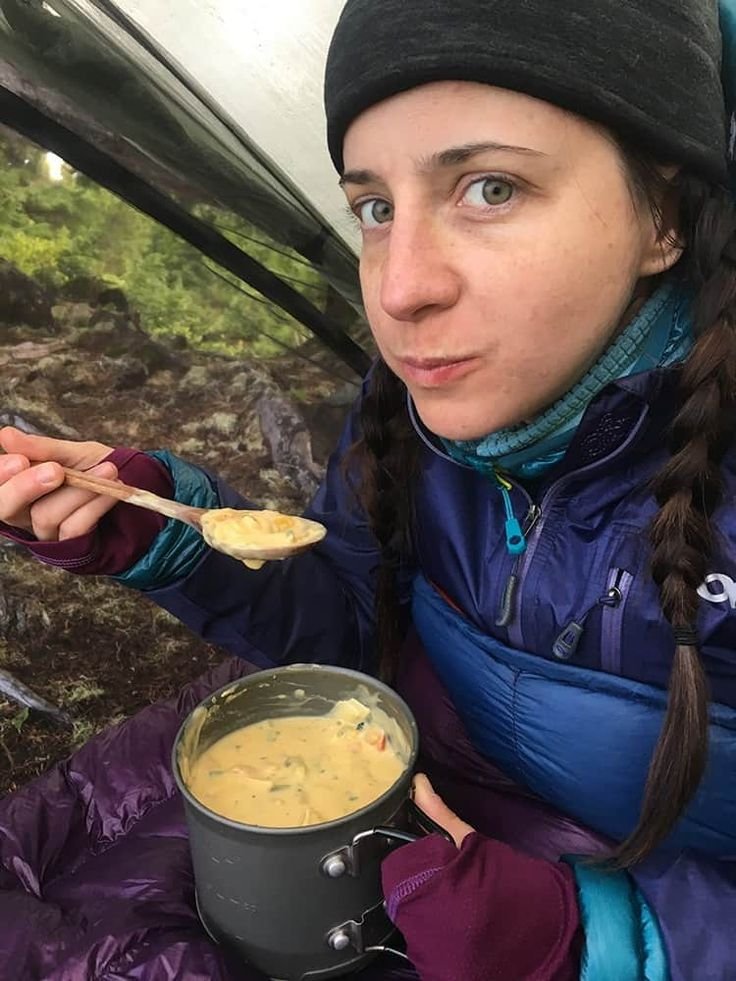
Hack: Invest in a quality thermal cooker, which uses the principle of insulated cooking to keep food cooking after being brought to a boil on any heat source. It’s energy-efficient and perfect for slow-cooking meals without constant heat.
When it comes to cooking without electricity, stoveless cooking is a versatile and practical approach.
This method allows you to prepare meals using non-electric cooking appliances, providing flexibility and adaptability in various settings.
Whether you’re camping, experiencing a power outage, or simply want to explore alternative cooking methods, stoveless cooking is a valuable skill to have.
The Advantages of Stoveless Cooking
Stoveless cooking offers several advantages.
Firstly, it allows you to enjoy hot meals even when traditional cooking methods are not available.
By utilizing portable stoves, grills, or Dutch ovens, you can cook delicious dishes using alternative heat sources.
Stoveless cooking is particularly useful in emergency situations, providing a means to prepare food when electricity is scarce or unreliable.
Secondly, stoveless cooking promotes resourcefulness and self-sufficiency.
By learning how to cook without relying on a traditional stove or oven, you become more adaptable and capable of creating meals in various environments.
Whether you’re in a remote location, on a camping trip, or simply seeking a greener lifestyle, stoveless cooking allows you to embrace alternative methods and reduce your dependence on electricity.
Non-Electric Cooking Appliances
To effectively cook without electricity, utilizing the right non-electric cooking appliances is essential.
Portable stoves, campfire grills, and Dutch ovens are versatile tools that can be used for a wide range of cooking techniques.
These appliances provide heat and control, allowing you to prepare anything from grilled meats to slow-cooked stews.
Additionally, manual kitchen tools like hand mixers and food processors can be used to simplify meal preparation without electricity.
| Non-Electric Cooking Appliances | Benefits |
|---|---|
| Portable Stoves | Compact and efficient heat source |
| Campfire Grills | Allows for direct flame cooking and grilling |
| Dutch Ovens | Retains heat and distributes it evenly for slow cooking or baking |
| Manual Kitchen Tools | Offers convenience and efficiency in food preparation |
With the right non-electric cooking appliances, you can enjoy the freedom and creativity of stoveless cooking.
Experiment with different recipes, explore new cooking techniques, and embrace the joys of preparing meals without relying on electricity.
Non-Electric Cooking Appliances

When it comes to cooking without electricity, having the right non-electric cooking appliances is crucial.
Hack: A manual coffee grinder and a hand-powered blender can make your off-grid kitchen nearly as versatile as your at-home setup. These tools require no electricity and can help you prepare a wide range of foods.
These tools allow you to prepare meals efficiently and effectively, even in off-grid or emergency situations.
Here are some essential non-electric cooking appliances to consider:
Campfire Grill
A campfire grill is a versatile and convenient tool for cooking over an open fire.
It typically consists of a metal grate placed over the flames, providing a stable and adjustable cooking surface.
With a campfire grill, you can easily grill meats, vegetables, and even toast bread while enjoying the warmth and crackling of a campfire.
Solar Oven
Harnessing the power of the sun, a solar oven allows you to cook food without electricity.
This ingenious device uses reflective panels to concentrate sunlight onto a cooking chamber, effectively trapping the heat and cooking your meals.
Solar ovens are especially useful in areas with ample sunlight and are an eco-friendly alternative for baking, roasting, and slow-cooking.
Dutch Oven
A Dutch oven is a heavy-duty cast-iron pot with a tight-fitting lid.
It is designed for cooking over an open fire or on hot coals, making it perfect for outdoor or off-grid cooking.
With a Dutch oven, you can create delicious stews, soups, casseroles, and even bake bread.
Its thick walls and excellent heat retention ensure even cooking and flavorful results.
Other non-electric cooking appliances to consider include portable camping stoves, manual kitchen tools like hand mixers and food processors, and even homemade stoves made from cans or bricks.
These tools provide flexibility and adaptability in various cooking scenarios, allowing you to enjoy delicious meals even without electricity.
| Non-Electric Cooking Appliances | Features |
|---|---|
| Campfire Grill | Provides a stable cooking surface over an open fire for grilling meats and vegetables. |
| Solar Oven | Utilizes the power of the sun to cook food, ideal for baking, roasting, and slow-cooking. |
| Dutch Oven | A heavy-duty cast-iron pot with excellent heat retention, perfect for stews, soups, and baking. |
| Portable Camping Stoves | Compact and lightweight stoves that use alternative fuel sources like propane or butane. |
| Manual Kitchen Tools | Hand-operated tools such as mixers and food processors for preparing ingredients without electricity. |
| Homemade Stoves | Stoves made from cans or bricks that provide a makeshift cooking surface. |
Emergency Cooking Techniques
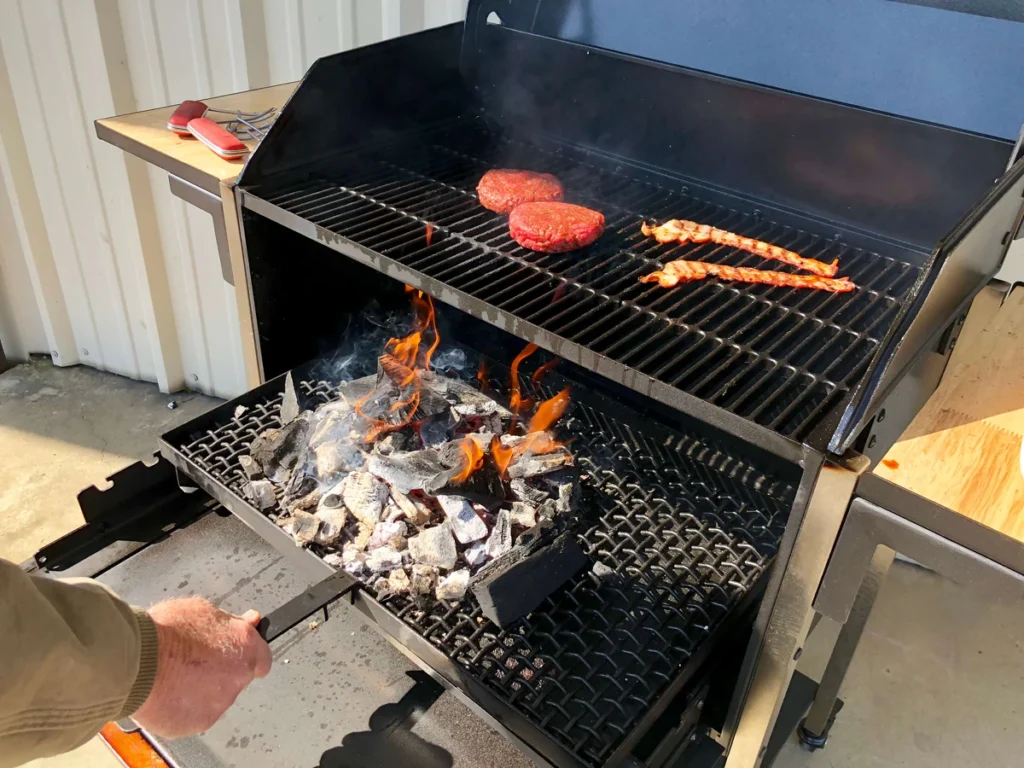
In times of emergencies or power outages, it is crucial to have knowledge of various emergency cooking techniques.
Hack: Store a small stash of eco-friendly fire starters, like waxed cardboard or natural fiber bundles, to make starting your emergency cooking fires easier. Also, keep a metal bucket or grill close by to contain your fire safely.
These techniques ensure that you can still prepare meals without relying on electricity. Here are some essential methods to keep in mind:
1. Charcoal Grills
Charcoal grills are a versatile and reliable heat source for emergency cooking.
They provide consistent heat and can be used to grill, smoke, or even bake food.
Make sure to have a supply of charcoal and lighter fluid on hand, along with your favorite grilling recipes.
2. Wood-Burning Stoves
Wood-burning stoves are another excellent option for cooking during emergencies.
They generate heat by burning wood, which is readily available in many areas.
These stoves can be used to cook meals in pots, pans, or even Dutch ovens.
It’s important to have proper ventilation and follow safety guidelines when using wood-burning stoves.
3. Outdoor Fire Pits
If you have access to an outdoor space, like a backyard or camping area, an outdoor fire pit can be a useful cooking tool during emergencies.
You can cook over an open flame using skewers, grates, or cast iron cookware.
Outdoor fire pits provide a traditional and rustic cooking experience.
During emergencies, it’s also essential to have a stock of non-perishable foods that can be eaten without cooking.
Canned goods, dried fruits, nuts, and energy bars are excellent options to have on hand. These foods provide nourishment and sustenance when cooking is not possible.
By familiarizing yourself with these emergency cooking techniques and having the necessary supplies and foods, you can ensure that you are prepared to handle unexpected situations.
Remember to prioritize safety and always follow the necessary precautions when using alternative heat sources.
Food Sharing Community
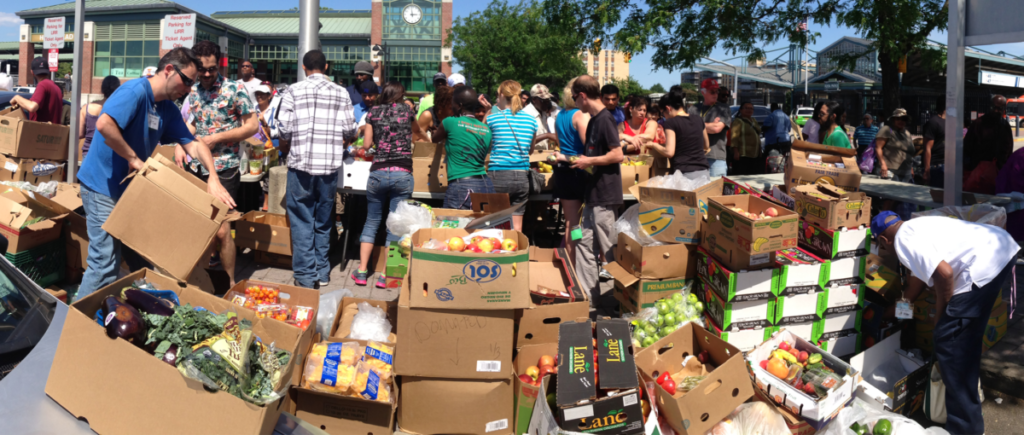
Hack: Start a neighborhood ingredient pool. If someone has excess herbs while another grows tomatoes, share! This not only cuts down on waste but also encourages variety and experimentation in your off-grid cooking.
In times of crisis or when cooking without electricity is a necessity, joining a food sharing community can provide support and resources.
Food sharing communities are groups of individuals who come together to share meals, recipes, and cooking tips.
They often organize community kitchens or potluck events where participants can cook and share food together, fostering a sense of community and resilience.
Being part of a food sharing community offers numerous benefits.
Not only does it provide access to different cuisines and culinary expertise, but it also creates a support network where members can rely on each other in times of need.
By pooling resources, members can share ingredients, cooking equipment, and even alternative cooking methods, making it easier to prepare meals without electricity.
Furthermore, food sharing communities promote sustainable practices by reducing food waste.
Participants can save money and reduce their environmental impact by sharing excess ingredients or cooked meals that might otherwise go to waste.
This collaborative approach to cooking not only strengthens community ties but also encourages creativity in the kitchen, as members can experiment with new recipes and techniques.
Benefits of Joining a Food Sharing Community
- Access to diverse cuisines and cooking expertise
- Support network in times of need
- Sharing of resources and cooking equipment
- Promotion of sustainable practices and reduction of food waste
- Opportunity to experiment with new recipes and techniques
Example of a Food Sharing Community Event
| Event | Location | Theme |
|---|---|---|
| Community Potluck | Local Community Center | International Flavors |
| Cooking Workshop | Community Kitchen | Plant-Based Cooking |
| Sharing Circle | Local Park | Comfort Foods |
Joining a food sharing community is not only about cooking and sharing food, but it is also an opportunity to connect with like-minded individuals who share a passion for food and community.
Advantages of Cooking Without Electricity
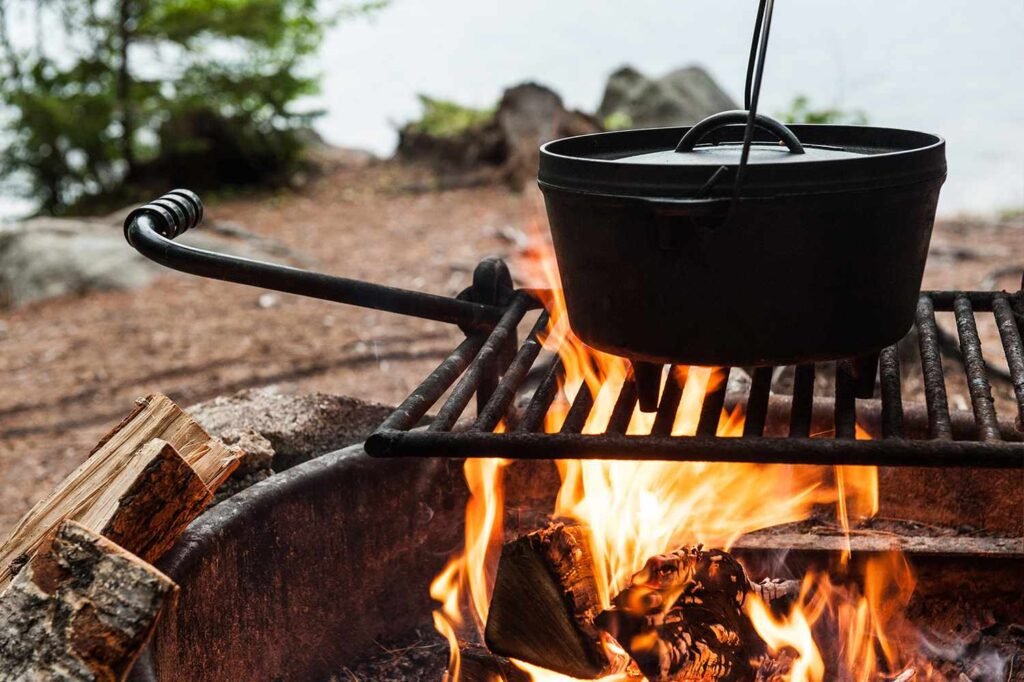
Hack: Embrace the slower pace of non-electric cooking to explore fermentation and other time-honored preservation methods. These techniques not only extend the shelf life of foods but also add nutritional value and flavor.
When it comes to cooking without electricity, there are several advantages that make it an appealing choice.
First and foremost, cooking without electricity allows for self-sufficiency and independence.
You are not reliant on a consistent power source, which gives you the freedom to cook wherever and whenever you please.
Whether you’re camping in the wilderness or facing a power outage, you can still enjoy delicious meals without the need for electricity.
Another advantage of cooking without electricity is its sustainability and eco-friendliness.
By opting for alternative cooking methods, you reduce energy consumption and minimize your carbon footprint.
Solar cooking, for example, utilizes the power of the sun, a renewable energy source, to cook food. This not only saves on electricity but also helps preserve the environment.
Furthermore, cooking without electricity provides a unique opportunity to connect with nature and engage in primitive cooking methods.
Whether you’re grilling over an open fire or using a Dutch oven, these traditional techniques allow you to fully appreciate the cooking process and the flavors it produces.
There’s something special about cooking outdoors and experiencing the sense of adventure that comes with it.
In summary, cooking without electricity offers self-sufficiency, sustainability, and a deeper connection to nature.
It allows you to embrace alternative cooking methods and enjoy the freedom of preparing meals off the grid.
So whether you’re seeking an adventurous cooking experience or preparing for unexpected power outages, mastering the art of cooking without electricity is a valuable skill that can enhance both your culinary repertoire and your overall resilience.
Tips for Successful Cooking Without Electricity

Hack: Practice makes perfect. Regularly incorporate off-grid cooking into your routine, so it doesn’t feel like a chore during an emergency. Plus, it’s a fun way to discover new favorite recipes and methods.
When it comes to off-grid cooking and emergency situations, having the right knowledge and preparation is key.
Here are some valuable tips to ensure successful cooking without electricity:
1. Always Have a Backup Plan
Power outages and emergencies can happen unexpectedly, so it’s crucial to have alternative cooking methods on hand.
Consider investing in portable stoves, solar ovens, or even a camping grill.
These backup options will ensure that you can still prepare meals even without access to electricity.
2. Stock Up on Non-Perishable Foods
In an emergency, it’s important to have a supply of non-perishable food items that can be easily prepared without cooking.
Canned goods, dried fruits, nuts, and jerky are great options to include in your emergency pantry.
Additionally, learning to cook with shelf-stable ingredients like rice, pasta, and beans will further expand your cooking possibilities without electricity.
3. Familiarize Yourself with Alternative Cooking Techniques
Take the time to learn different cooking techniques that can be utilized with alternative heat sources.
From campfire cooking to solar cooking, there are various methods that can be mastered.
Experiment with recipes that can be prepared using these alternative methods, such as one-pot meals, foil packet cooking, or even baking bread in a Dutch oven.
4. Practice Fire Safety
When cooking without electricity, it’s important to prioritize safety.
If you’re using open flames or a portable stove, ensure that you have a fire extinguisher nearby and never leave a fire unattended.
It’s also advisable to cook in well-ventilated areas and away from flammable materials. By practicing fire safety, you can enjoy your meals with peace of mind.
With these tips in mind, you’ll be well-prepared to cook delicious meals without electricity.
Remember to have backup options, stock up on non-perishable foods, and familiarize yourself with alternative cooking techniques. Stay safe and enjoy the adventure of off-grid cooking!
Conclusion
So, how can you cook without electricity? By exploring alternative cooking methods and being prepared for emergencies, you can create delicious meals even without access to power.
From solar cooking, which harnesses the sun’s rays, to campfire cooking over an open flame, there are various techniques to choose from.
Stoveless cooking allows for flexibility with non-electric appliances like grills and Dutch ovens.
With the right knowledge and preparation, cooking without electricity can be a skill mastered.
Embrace these alternative methods and ensure that you and your family remain nourished and well-fed in any situation.
FAQ
How can you cook without electricity?
There are several alternative cooking methods that can be used when you don’t have access to electricity, such as solar cooking, campfire cooking, and stoveless cooking.
What is solar cooking?
Solar cooking involves harnessing the power of the sun to heat and cook food using reflective surfaces like solar ovens or parabolic cookers.
How does campfire cooking work?
Campfire cooking involves cooking food over an open fire using pots, pans, or skewers.
What is stoveless cooking?
Stoveless cooking refers to cooking without a traditional stove or oven, using methods like grilling, slow cooking, or portable camping stoves.
What are non-electric cooking appliances?
Non-electric cooking appliances include portable stoves, campfire grills, solar ovens, Dutch ovens, and manual kitchen tools like hand mixers or manual food processors.
How can I cook during emergencies?
During emergencies, you can use alternative heat sources like charcoal grills, wood-burning stoves, or outdoor fire pits. It’s also helpful to have non-perishable foods on hand.
What is a food sharing community?
A food sharing community is a group of individuals who come together to share meals, recipes, and cooking tips. They often organize community kitchens or potluck events.
What are the advantages of cooking without electricity?
Cooking without electricity allows for self-sufficiency, is eco-friendly, and provides a unique opportunity to connect with nature and engage in primitive cooking methods.
What tips can you give for successful cooking without electricity?
Always have a backup plan, stock up on non-perishable food items, and familiarize yourself with different cooking techniques and recipes that can be prepared using alternative heat sources.
How can I master the art of cooking without electricity?
By embracing alternative cooking methods, being prepared for emergencies, and practicing different techniques, you can become skilled at cooking without electricity.

